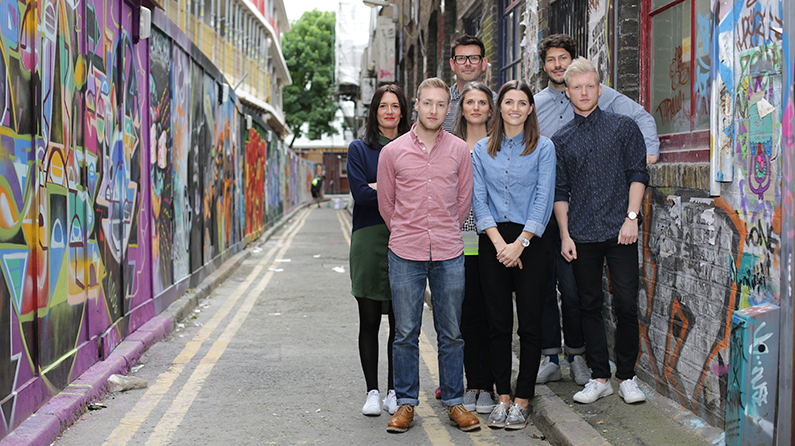5 ingredients of a killer idea
The team at London-based agency SomeOne reveal how to separate the wheat from the chaff when developing a brand.

It's a problem that daunts even the most seasoned of creative directors: how do you know a good idea when you see one? And how do you nurture that idea so that it can achieve its full potential?
To guide graphic designers through how to develop a brand, the creative directors from London-based studio SomeOne, Laura Hussey and Rich Rhodes, walk us through their creative process in the video and written steps below.
01. It should be contagious
When a big idea hits, "it's like cayenne pepper: it hits you and then 20 minutes later you can't think of anything else and it explodes throughout the studio," is Hussey’s analogy. "There's a buzz that goes around, everybody cottons on and feels the same thing." As it develops, lots of people will start chipping in with ideas.
02. It could come from anywhere
"We once had a designer who started with us and in the first week her idea got through," recalls Hussey. "We had a week to pull off the whole project. Some studios would take it away and give it to a more senior designer, but she got to work on it all the way through – it was just a brilliant idea and everyone bounced off it."
03. It must be flexible
For Hussey, a big idea needs to translate effortlessly across different touchpoints. "A brand world is a kit of parts; a toolbox; an operating system," she explains. "It's the stuff that flexes around the main idea, and can be completely different in each type of media. Smaller ideas are limited: that's where you end up not with a brand world, but just a logo, a typeface and a colour."
“A big idea is something that both answers a question but then answers another question. You can answer the brief but then, what else can it do?” says Rhodes. “It’s something that is provocative and then pushes further.”
04. It can survive rigorous testing
To determine an idea's flexibility, you need to try it out in many different contexts. "Having experience in lots of different sectors is great," Hussey reflects. "Someone will say: 'Great, it works on the website, or in a brochure, or an app, but what would you do for PR? How does that work in retail?' We cross-pollinate all the different things that a brand world has to do."
05. It's prepared for the worst
Best-case scenarios are great, but for Hussey it's just as important to anticipate the worst. "What happens in the brand world if something disastrous happens? Does it fall apart? Can it cope? it’s not always about telling the story you want to tell," she warns.
This article was originally published in issue 255 of Computer Arts, the global design magazine – helping you solve daily design challenges with insights, advice and inspiration. Subscribe to Computer Arts here
Related articles:

Thank you for reading 5 articles this month* Join now for unlimited access
Enjoy your first month for just £1 / $1 / €1
*Read 5 free articles per month without a subscription

Join now for unlimited access
Try first month for just £1 / $1 / €1
Get the Creative Bloq Newsletter
Daily design news, reviews, how-tos and more, as picked by the editors.
The Creative Bloq team is made up of a group of design fans, and has changed and evolved since Creative Bloq began back in 2012. The current website team consists of eight full-time members of staff: Editor Georgia Coggan, Deputy Editor Rosie Hilder, Ecommerce Editor Beren Neale, Senior News Editor Daniel Piper, Editor, Digital Art and 3D Ian Dean, Tech Reviews Editor Erlingur Einarsson, Ecommerce Writer Beth Nicholls and Staff Writer Natalie Fear, as well as a roster of freelancers from around the world. The ImagineFX magazine team also pitch in, ensuring that content from leading digital art publication ImagineFX is represented on Creative Bloq.
